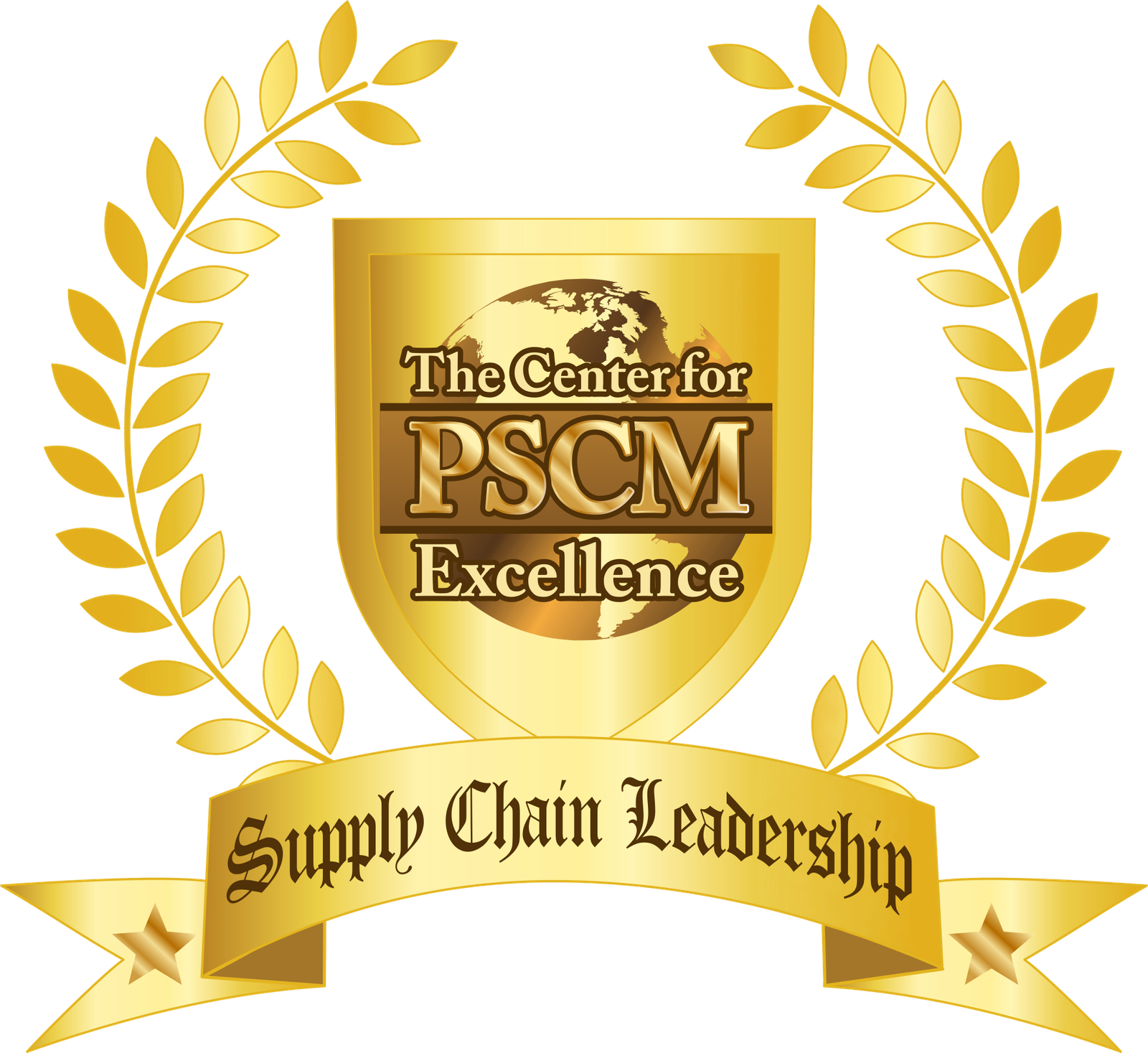Procurement, Purchasing & Supply Chain Management Training
 Last week I wrote about cost modeling as an overall activity that all purchasing professionals MUST be good at. A lot of purchasing professionals tell me “I have a really good finance department and they do all of our cost models.”
Last week I wrote about cost modeling as an overall activity that all purchasing professionals MUST be good at. A lot of purchasing professionals tell me “I have a really good finance department and they do all of our cost models.”
This sounds great, but it’s a huge disservice to your investment in yourself, your career, and your results when you fail to develop cost modeling skills in this profession.
It’s not something you can have the finance department do for you. You have to be the one doing them.
Having the finance department do cost models for you is like a pilot asking some other employee to do takeoffs and landings for them. It’s a showstopper. Even worse than that though is not doing cost models at all!
This week we are going to talk about Must Cost Models. This is one of the most underrated and misunderstood types of cost models.
There are certain times when your customer just doesn’t have enough budget for the good or service that they need. It happens.
In some cases, the budget is actually less than fair market value for what you are trying to buy – meaning, it would require a win/lose “sock it to the supplier, hard” type of negotiation to get the customer what he or she wants for the amount of budget that they have.
That is not a good approach. Even though many of the negotiation courses out there are proponents of maximizing personal gain in negotiations, suppliers will be bitter after such negotiations, and they will nickel and dime you to death until they make their money by the end of the deal.
So no level of benchmarking or other type of cost model will do. The one very powerful tool at your disposal is what’s called a “Must Cost Model”. This means that you do the unheard of – you make your position completely transparent, and you tell the supplier your problem and tell them your budget.
You heard me right. The cardinal rule of “never disclose budgetary availability” has an exception, and this is it.
When the available budget is less than the most aggressive assessment of fair market value, then you should look at disclosing your budget to the supplier. Your budget is what the supplier’s quotation “must cost”, hence the name.
What this does is a few things. First off, the supplier will appreciate your position. If the fair market value for a piece of capital equipment is $320K and you have $200K budget, a negotiation position of $200K may actually make the supplier angry, because they will perceive a win/lose agenda.
However, if you disclose that your budget is $200K and ask them for their help, then the supplier becomes a part of the solution.
This is where the real breakthroughs can happen. Remember, suppliers are a lot smarter than you are regarding total cost. They sell that product or service ALL DAY LONG to an entire planet full of customers.
You are just negotiating this contract a couple of times a year at best, and probably a lot less than that.
The types of breakthroughs that can come about are things such as the following collaborative cost reduction ideas, in return for reduced supplier pricing that is closer to your “must cost” requirements:
- Use of a different type of material
- Different lead time and shipping requirements
- Substitute components
- Buying fewer of the items but still meeting customer requirements
- Switching from custom components or services to standard goods and services
- Having less “bells and whistles” on goods being purchased
- Simplify services model and scope of work
- Paying earlier to secure a better price
- Making an aggressive early payment before the end of the supplier’s fiscal cycle
- Adopting specifications or SOW components from other customers of the supplier that reduce cost
The list goes on and on. My favorite example is that a client of mine was working with a PVC supplier to try and do a must cost model, based on my guidance. I helped them with the supplier engagement.
It turns out that we were able to slash 40% off of the PVC costs, getting down to our Must Cost Model requirements.
How did this happen? Well, the specs required that the clients name be stamped on the pipe every 3’. This pipe was going….. underground.
The supplier made this kind of pipe all day long, but in order to meet customer requirements, they had to have separate procedures to stamp the pipe.
A standard product became a custom product, and this added cost. Had we just negotiated for lower prices, maybe we could have gotten 10% lower. And that would mean the supplier makes 10% less, because the costs don’t change.
However, when you do must cost modeling, you can dissect costs and find innovation and breakthroughs that benefit both parties, while still meeting budgetary requirements. We used it carve 40% of the price, and my client was buying miles and miles of this product!
If you are not doing cost modeling, you need to start. It is not an optional skill set or purchasing process step. It is vital to your career, your results, and ultimately, your income in this profession.
I offer in depth cost model training – a full 8 hour course in fact – to companies who are interested in private seminars, and also in private coaching sessions as well of course. I also have a 7 hour cost modeling video coming out soon. Look for it!
Next week, we will talk about Should Cost Models. See you then!


